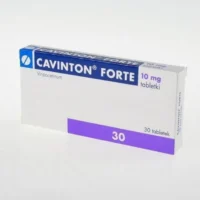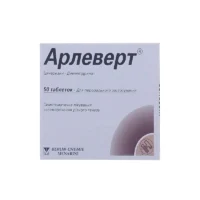Description
Epileptal (Lamotrigine) Tablets 100 mg. №30
Ingredients
Active ingredient: Lamotrigine 100 mg per tablet.
Dosage
Dosage: The usual starting dose of Epileptal (Lamotrigine) is 25 mg every other day for two weeks, then 25 mg once daily for two weeks. The maintenance dose varies depending on the individual’s response and other medications being taken.
Indications
Indications: Epileptal (Lamotrigine) is indicated for the treatment of epilepsy in adults and children. It may be used alone or in combination with other antiepileptic medications.
Contraindications
Contraindications: Epileptal (Lamotrigine) should not be used in patients with a history of hypersensitivity to lamotrigine or any of the tablet components.
Directions
Directions: Take Epileptal (Lamotrigine) tablets orally with or without food as directed by your healthcare provider. Do not crush or chew the tablets.
Scientific Evidence
Epileptal (Lamotrigine) has been extensively studied for its efficacy in the treatment of epilepsy. Clinical trials have shown that lamotrigine is effective in reducing the frequency of seizures in patients with various types of epilepsy.
Additional Information
Precautions: It is important to follow your healthcare provider’s instructions carefully when taking Epileptal (Lamotrigine) to minimize the risk of side effects. Contact your doctor immediately if you experience any unusual symptoms while taking this medication.
Storage: Store Epileptal (Lamotrigine) tablets at room temperature away from moisture and heat. Keep out of reach of children.





